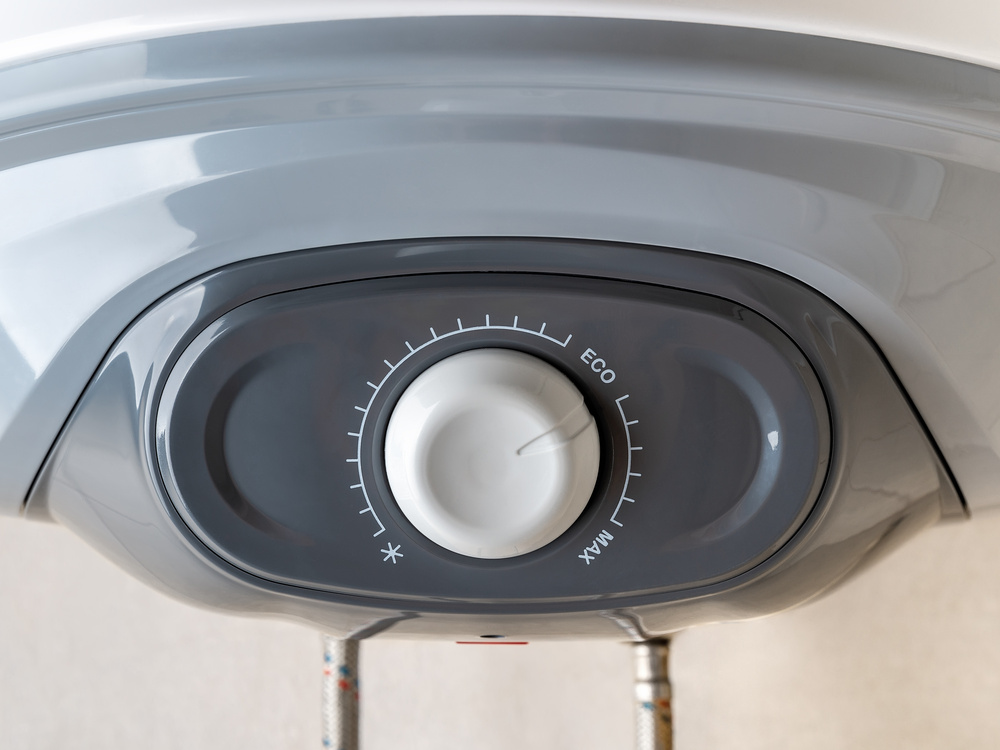Call or Text
801-438-4793
How to Flush a Water Heater
December 1, 2023
Maintaining your home’s utilities is a crucial part of ownership, and water heaters are no exception. Over time, sediment and minerals can build up inside your water heater, impacting its efficiency and lifespan. The solution? A good old-fashioned flush. However, if you’ve never done it before, the process can seem daunting.
Superior Water & Air will be sharing everything you need to know about the process of flushing a water heater. We’ll guide you through each step to ensure your water heater is flushed safely and efficiently. Get ready to extend the lifespan of your water heater, enhance energy efficiency, and ensure the continued flow of reliable hot water in your home.
How Do I Flush My Water Heater?
Flushing a water heater is a relatively straightforward process that can significantly improve its performance and lifespan. Follow these step-by-step instructions to effectively flush your water heater, but before starting, ensure your safety by turning off the power supply to the water heater and shutting off the cold water inlet valve.
- Turn Off Utilities: Switch off the power supply to the water heater at the circuit breaker. Turn off the gas supply for a gas water heater or set the thermostat to the pilot mode.
- Shut Off Water Supply: Close the cold water supply valve located near the top of the water heater.
- Connect the Hose: Attach one end of a garden hose to the drain valve at the bottom of the water heater. Ensure a secure connection.
- Open a Hot Water Faucet: Open a hot water faucet in your house to allow air into the system, facilitating a smooth flow during the flushing process.
- Drain the Tank: Open the drain valve on the water heater by turning it counterclockwise using a screwdriver or pliers. Direct the other end of the hose to a drain or a safe location outside your home. Allow the water to flow until it runs clear, indicating the removal of sediment.
- Flush and Repeat: Turn on the cold water supply valve for a few minutes while the drain valve is still open to help flush out any remaining sediment. Repeat the draining process until the water runs clear without any visible sediment.
- Close the Drain Valve: Close the drain valve tightly once the water runs clear. Disconnect the hose and ensure all valves are securely closed.
- Refill the Tank: Turn on the cold water supply valve and let the tank refill. Keep the hot water faucet open until a steady stream of water flows to remove air from the system.
- Restore Power: For electric water heaters, restore power at the circuit breaker. For gas water heaters, set the thermostat to the desired temperature and relight the pilot according to the manufacturer’s instructions.
By following these steps, you’ve successfully flushed your water heater, removing sediment and ensuring optimal performance. Repeat this process annually or as recommended by the manufacturer to maintain a healthy and efficient water heating system in your home.
The Importance of Flushing Your Water Heater
Flushing your water heater is a crucial maintenance task that often goes unnoticed, but its importance cannot be overstated. Here are several key reasons why regular flushing is essential for the health and efficiency of your water heater:
Prevention of Sediment Buildup
Over time, minerals and sediment from the water supply can accumulate at the bottom of the water heater tank. This sediment buildup can hinder the heating element’s efficiency, forcing the system to work harder to heat the water.
Improved Energy Efficiency
Sediment acts as an insulating layer, making it more difficult for the heating element to transfer heat to the water. By flushing the water heater and removing sediment, you enhance its energy efficiency, leading to lower energy bills and reduced environmental impact.
Extended Lifespan
Sediment accumulation not only affects efficiency but can also contribute to corrosion of the tank. Flushing the water heater helps prevent corrosion, extending the lifespan of the appliance and reducing the need for premature replacements.
Consistent Hot Water Supply
Sediment buildup can result in uneven heating, causing fluctuations in water temperature. Regular flushing ensures a consistent and reliable hot water supply throughout your home.
Reduced Risk of Malfunctions
Sediment accumulation can lead to various issues such as clogs, valve damage, or pressure relief valve malfunctions. Flushing helps prevent these problems, reducing the likelihood of breakdowns and the need for costly repairs.
Water Heater Services in Utah and Idaho
Maintaining a healthy water heater is vital for the comfort and efficiency of your home. Serving the regions of Utah and Idaho, Superior Water & Air is committed to providing top-notch water heater services. From routine flushing to comprehensive maintenance, we ensure that your water heater operates at peak performance, delivering reliable hot water while maximizing energy efficiency. Reach out to us today to schedule your water heater service.
Recent News

How to Prevent Mold in a Utah Home After Plumbing Repairs
September 11, 2025

A Utah Homeowners’ Guide to Smart Thermostats
September 10, 2025

My Water Heater’s ECO Switch Keeps Tripping – What Does It Mean?
August 21, 2025

Calling a Contractor for HVAC Services Shouldn’t Be a Nightmare
August 20, 2025

7 Hidden Fittings That Make Your Plumbing Work
July 21, 2025

Never Underestimate the Value of Your Furnace and AC Filter
June 25, 2025
